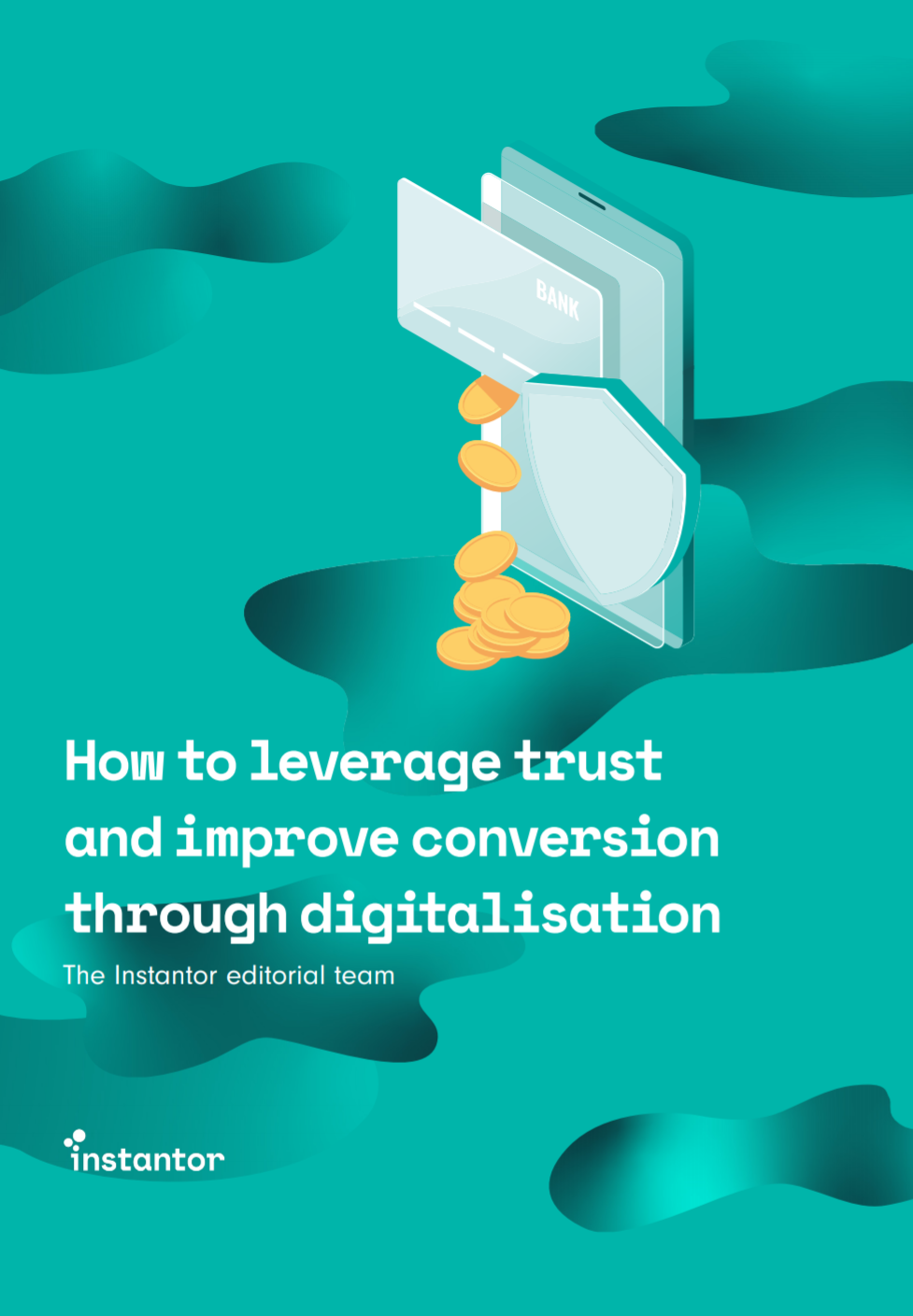How to Leverage Trust and Improve Conversion Through Digitalisation

- Reports
- 24.04.2019 07:44 am
Income verification is a critical part of the loan application process to verify if individuals can take on the financial commitment of a loan.
It should not be difficult. Lenders often just want to tick a small box on an application form “Has the customer provided adequate proof?” Yet sometimes obtaining that truth is hard, leading to dropped applications on the one hand, or fraud on the other.
On the side of fraud, it might surprise you that some people take proof of income to interesting extremes. For example, changing minuses to pluses on bank statements, forging signatures and trying to get away with outdated statements. Some even go as far as printing their name and address on a piece of paper and then taping it someone else’s salary slip. We have seen it all!
In the case of the carefully adhered paper on another’s statement, the edges of the tape will likely give this person away. Sometimes though, it is not as easy to spot a fake.
At the same time, proof of income often requires manual processes with many applications requiring additional documentation to be sent. These processes are very closely tied into trust - poor user experiences during the onboarding processes can lead to lower levels of trust, resulting in frustrated customers who will likely just walk away.
This report demonstrates that income verification is a massive pain point for lenders. We address how digitalisation can be used as a tool to improve this trust, increasing conversion rates and improving customer experiences. In the journey to better onboarding processes and smoother income verification, digitalisation is the key
To download the full report, please click here








